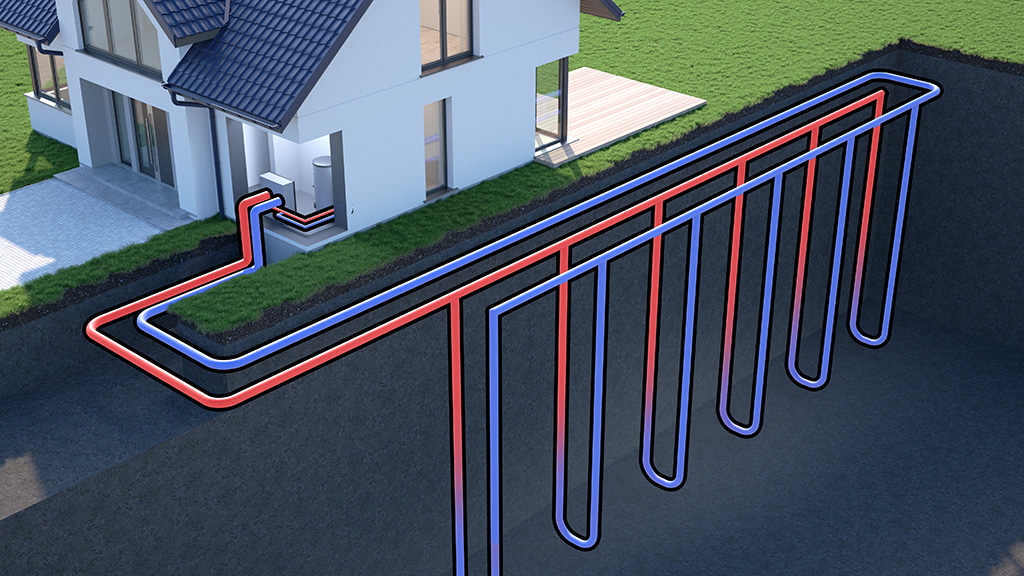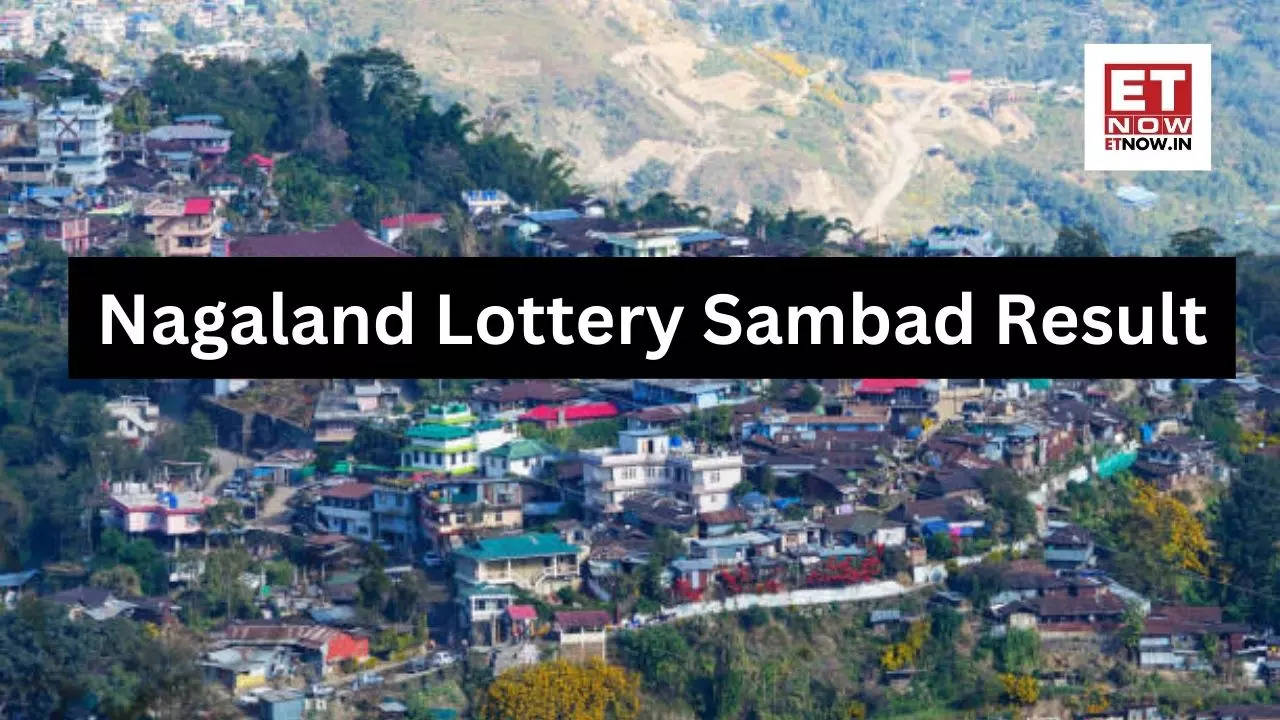Infra
Massive Toronto development digs into geothermal as a fossil fuel free solution – Daily Commercial News

A master-planned fossil fuel free “city within a city” at the Downsview Airport site could be the largest project of its kind in Canada, if not globally.
The 500 acres of former airport lands are owned by two federal agencies working at arm’s length with Northcrest Developments, which is currently planning the first phase of a 370-acre development.
Its vision is to create a work-live-rest-play and walkable-transit-bicycle community for 115,000 people with 63,000 residential units and 52,000 jobs in retail, commercial and some light industrial businesses.
Phase one is in the initial design phase, but there has been some discussion of how best to meet that net-zero goal, says Jeff Ranson, director of responsible development at Northcrest.
There are seven districts within the plan and the intention is not to incorporate fossil fuels into the design as a default, says Ranson. The big ticket item would be geothermal extraction.
They are also considering not installing a natural gas mainline even though it might be prudent at the early stage of site development since many restaurants and some light industrials want that option. Still, Ranson notes, Renewable Natural Gas (RNG) might be an option there.
However, he says, electrification is the goal for the first phase with heat recovery systems engineered in place from the start, such as sewage energy recovery and air source heat pumps.
Increasing regulatory requirements driving change
The challenge is immense but it’s not so much altruism which is driving the attraction of geothermal, it’s increasing regulatory requirements from now through 2040 alone with possible penalties for non-compliance which make going along with the required changes more palatable.
The federal government is heavily vested in pushing away from fossil fuels, using carbon taxes and the Clean Fuel Levy, while the City of Toronto has also decreed buildings be net-zero by 2040.
This puts the Downsview developments in a quandary, Ranson says.
“We don’t know what the performance standard will look like in 2040,” he says. “We don’t know what the regulation mechanisms will look like. We don’t know if there will be a fine for non-compliance.”
If the structures are in place by 2030 then any mechanical systems being installed will still be early in their lifecycles and will be costly to replace, more so if there are penalties.
“It behooves us to get ahead of that at the start and significantly reduce the uncertainty.”
Going all-in on fossil free means the development will be positioned to avoid any downsides further down the road.
There’s even an option to use geo technology to drive turbines to generate electricity, but such concepts are still on the back burner as the planners and engineers work through the design and calculate energy demands as well as heating and cooling demands. Biomass might even be an option along with solar, perhaps wind along with energy storage systems such as batteries.
Installation cost can be a barrier to geothermal
The issue with geothermal is the installation cost and that’s contingent on location and demand, says former University of Calgary geothermal energy lab Prof. Dr. Roman Shor, now associate professor in the Harold Vance Department of Petroleum Engineering at Texas A&M University.
While not familiar directly with the Downsview development, the research team in Calgary is currently working with projects of similar scales, both for power generation and community heating and cooling
He says drilling is expensive and varies depending on what you want to extract. Going down 150 to 300 metres for a simple ground source heat pump system isn’t that costly but if power is desired, drilling down five to seven kilometres for a more sophisticated system that will also drive turbines to generate electricity, sends prices sky high.
“A typical home needs one to two 150- to 300-metre-deep wells for a ground source heat pump system, so for a community of 1,000 homes would require 1,000 to 2,000 of these shallow wells. Typical costs range from $5,000 to $10,000 per well (with some economies of scale for large systems), but heat-pumps are required as heat from the earth’s core is produced,” he says.
“A deeper option, called middle-deep geothermal, allows for direct use of heat with wells drilled down one to three kilometres. Individual wells are more expensive ($1 to $3 million) but only 10 to 20 would be needed.”
However, for power generation, fluids have to be at least 120 C to drive turbines.
“In the Toronto area, that would require drilling down five, six or seven kilometres, depending on the geology, and it won’t be cheap.”
Newer technologies, says Shor, allow large-scale geo installations to install deviated (slanted) or horizontal systems, which reduces the number of wells required and mitigates initial costs.
Balancing the heating and cooling requirements is critical.
The engineering can be complex and requires calculating how much heat or cooling is required by all the users according to season and ensuring that the loop is balanced so that as much heat or cooling coming out is replaced accordingly.
Getting that balance right is one of the challenges the development at the former Blatchford airport is facing in Alberta as they build out their system or that the YYC Airport faces in their International Terminal.
Many developments ‘going geo’
To provide for a development the size of Downsview will hinge on what the end goals are and will likely require a combination of not just geo systems but other systems such as BESS, wind and solar which presents a golden opportunity not just for drilling rig operators but for HVAC contractors as well, something Jeff Hunter, president of the Ontario Geothermal Contractors Association, is eagerly anticipating.
“It’s not surprising that many developments are going geo,” he says. “And for Northcrest to be moving in this direction on their development knowing the risk with fossil fuels systems becoming a stranded asset.
“Really, demand for geo is only going to grow.”
The one challenge perhaps is the local grid. While Downsview is the biggest so far to look down the road of geothermal, it’s not the only development with many other projects in the ground or on deck around the GTA, says Hunter.










